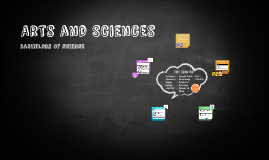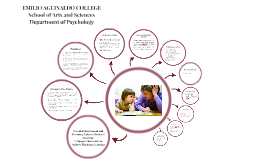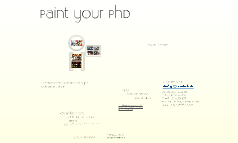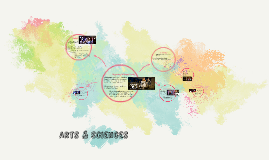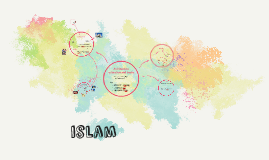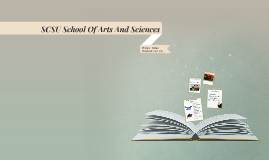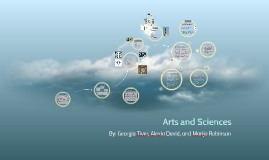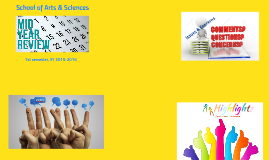Arts and Sciences
Transcript: Muslim medical texts were rightly renowned for their vast knowledge of diseases, treatments, and herbal remedies Zakiriya al-Razi was the head physician at Baghdad’s chief hospital and he developed many new treatments for ailments and wrote nearly 200 medical books His descriptions of the symptoms of smallpox and measles allowed others to diagnose and treat these illnesses Hakim Ibn Sina was the Muslim medical authority Ibn Sina spent most of his life in the courts of 11th century Persia His comprehensive Canon of Medicine was translated into Latin in the 13th century A serious drawback for physicians was that they did not perform autopsies or dissections of people after they died The Islamic Arts and Sciences not only impacted the lives of people living in that era, but has also had influences on the world today. The Muslims created calligraphy, and built the first mosques. Their calendar has affected Islamic people for centuries as it determined when Ramadan would occur, and their creation of alchemy led to improved scientific methods. They discovered the circumference of the earth and named many stars, whose names are still in place today. The advanced knowledge of medicine that the Islamic people had led to improved treatments of patients, and better health. Overall, the new ideas and tools created during this era were so ahead of their time that they are still in place today. Important Islamic Mathematicians Jabir was a Muslim alchemist who explored the chemical processes of oxidation, crystallization, and filtration He kept meticulous records of the equipment used, the steps taken, and the results developed a new approach to cubic equations an approach which entailed finding the point at which a cubic polynomial obtains its maximum value. there is no record of how he got this formula Arts of the Object Astronomy The Muslims were very interested in the physical world and routinely carried out observations and experiments Muslim scientists believed that metals such as tin, iron, and lead could be changed into gold and silver Due to their experiments and observations in their search of this transforming process it became the medieval science of alchemy Already knew irrational numbers existed, but had trouble making a distinction between magnitude and number Islamic mathematicians made the distinction clearer and allowed irrational numbers to be used as coefficients in equations - The most famous mogul building, not a palace or mosque - Mausoleum for wife of a mogul emperor - Modeled on a mosque, the building is sited in a garden - The stone work has a feeling of balance and harmony - Floral decoration - Calligraphy --> passages from the Koran Arts and Sciences Omar Khayyám By: Georgia Tiver, Alexia David, and Marija Robinson Muslim medical practitioners did a lot to advance medical knowledge and the general practice of medicine They believed diseases had natural causes and observed their patients’ symptoms in order to reach a diagnosis Numerous hospitals were opened in Baghdad and other places There were separate wards for men and women and different types of illnesses Physicians who practiced in hospitals and privately had to receive formal training and pass an examination Arts of the Book Time Principal Arts Rules: - No pictures or statues of Allah or a holy person, etc. - Muhammad's face is not usually shown - Books show historical images - Focuses on different art forms Mathematics flourished under the islamic caliphate. Greek mathematics played an important role in the expansion of mathematics principles in islam - Calligraphy: - Beautiful writing - Most revered form of artistic expression - Word of God - Characteristics: - Earliest form was called KUFIC - Red dots above and below are accents - Medallions signify text division Mathematics -Mosques: - Most notable type of building - Originally a large open area for faith gatherings - Original mosque was probably the courtyard of Mohammad's house - Courtyards remain a feature of most mosques today - In the courtyard is an ablution fountain - Characteristics: - Mihrab or Niche, indicates the Qibla - Minbar or Pulpit - Minaret or Tower - Originally the main roof of the mosque - Developed from Christian bell towers - Madrassa - Occasionally, hospitals - Borrowed ideas from neighbouring civilizations, there was no architectural style in Mohammad's homeland Arab astronomers made detailed studies of the moon, planets, stars They used the compass to measure the distances between heavenly bodies and used the astrolabe to measure their heights They charted the movements of heavenly bodies Medicine Intro The Taj Mahal Islamic art and architecture is incredibly beautiful. The Islamic people's propensity for building staggeringly dazzling monuments and geometric designs epitomize the simple beauty found in shapes and patterns. Through developing four main artistic styles to developing world renowned mosques, Islamic art has been a major influence on the rest of






